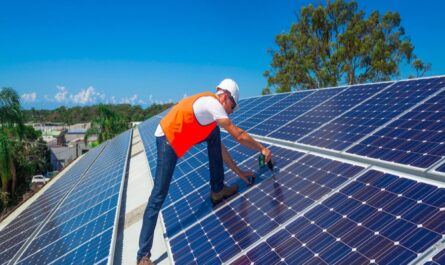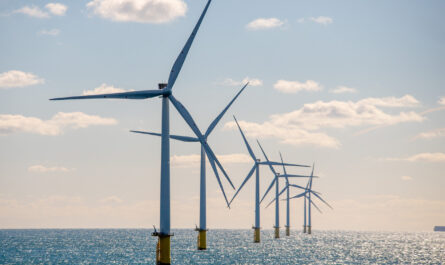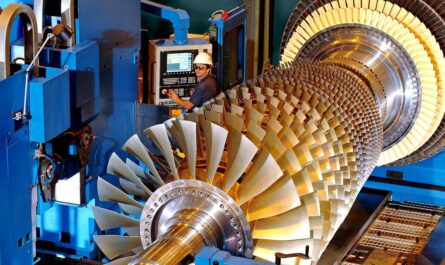Flaring is the controlled burning of natural gas produced from oil wells, refineries, and natural gas processing plants. While flaring reduces dangers of accidental explosions from the buildup of gases, it is also a major source of pollution and greenhouse gas emissions. Large amounts of methane, a powerful greenhouse gas, are released into the atmosphere when natural gas is flared instead of being collected and utilized. Along with adverse environmental impacts, flaring also represents an economic loss for oil and gas companies as the flared natural gas has significant commercial value if recovered.
Components and Operation of Flare Gas Recovery Systems
Flare gas recovery systems aim to efficiently recover wasted gases during flaring operations and reduce environmental pollution. The key components of such systems include piping, compressors, separators, and meters. Piping transports gas from multiple wellheads and process units to the recovery system area. At the collection point, separators split liquid hydrocarbons from the gases. Compressors then pressurize the gases toensities and pressures needed for further transportation through pipelines. Meters continuously monitor flow rates and compositions.
Flare Gas Recovery Systems can be treated as needed before being sent to gas pipelines or processing facilities. Some systems also include knockout drums and cooling devices to remove condensates, dust, and moisture. Control panels oversee the whole process and collection vessels store recovered gases until they can be transported. By redirecting recovered gases into fuel systems or for re-use, flare gas recovery eliminates wasteful flaring while generating additional revenue streams.
Design Challenges and Optimization Strategies
The design of effective flare gas recovery presents various technical challenges due to fluctuating gas compositions and flow rates. Systems need to efficiently handle variations without disrupting production or becoming overwhelmed. Strategies for optimizing performance include advanced instrumentation and control technologies.
Precise flow meters continuously monitor changing gas qualities to optimize compressor operations. Automated isolation valves help maintain safe pressures. New designs locate separators, knock drums, and compression modules close to wellheads to minimize pipeline volumes. Modeling software simulates gas characteristics to size equipment.
Remote monitoring via SCADA systems detect upstream issues early. New materials withstand corrosive acid gases. Mobile recovery units deployed on short notice accommodate unexpected flaring.
Advanced gas sweetening units remove hydrogen sulfide for safety and performance. Together, such technologies maximize the amount of recovered gases while minimizing operational difficulties.
Economic and Environmental Benefits
When fully optimized, Flare Gas Recovery Systems deliver significant economic returns while reducing environmental impacts. Capturing otherwise flared gases for productive use boosts overall facility profits. For a typical 50 million standard cubic feet per day gas plant, a recovery system’s net present value may exceed $10 million over 15 years.
Beyond direct revenues, penalties for uncontrolled flaring are avoided. In many jurisdictions, regulators levy carbon taxes on flaring. Successful recovery qualifies for emission credits under programs like the EPA’s Natural Gas STAR.
Environmentally, recovery cuts emissions of methane, a greenhouse gas far more potent than carbon dioxide. It also eliminates visible flares that may concern neighboring communities. One analysis found a typical offshore oil platform’s recovery system reduced annual emissions equivalent to over 1600 passenger vehicles. By helping operators meet emission targets profitably, flare gas recovery benefits shareholders as well as the planet.
Applications Across Diverse Facilities
Flare gas recovery is applicable for both onshore and offshore oil and natural gas infrastructure, including:
– Oil production platforms – Flaring volumes from offshore test separators and well testing present opportunities. Space constraints requires compact, efficient designs.
– Oil refineries – Recovering from flares attached to continuous catalyst regenerators, delayed coking units, and other refining processes.
– Natural gas processing plants – Capturing flare gases has the greatest impact at sites processing rich associated gases.
– LNG facilities – With strict no-flaring policies, recovery optimizes fuel gas systems for liquefaction plants.
– Pipeline compressor stations – Especially for low-pressure gases from pigging and maintenance operations.
As flaring reduction mandates tighten globally, deploying well-engineered flare gas recovery will increasingly become standard practice. It allows operators to boost reliable energy supplies while minimizing the industry’s environmental footprint responsibly.
*Note:
1. Source: Coherent Market Insights, Public sources, Desk research
2. We have leveraged AI tools to mine information and compile it
About Author - Money Singh
Money Singh is a seasoned content writer with over four years of experience in the market research sector. Her expertise spans various industries, including food and beverages, biotechnology, chemicals and materials, defense and aerospace, consumer goods, etc. LinkedIn Profile




